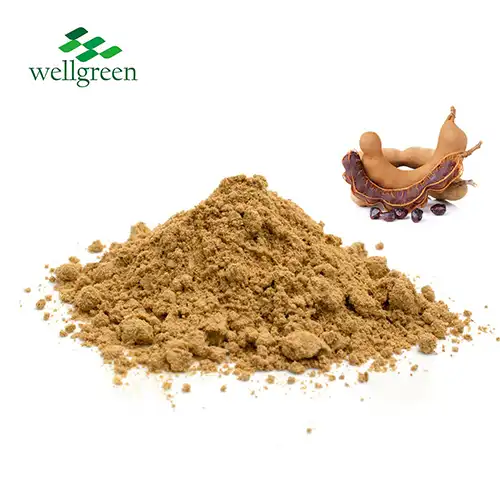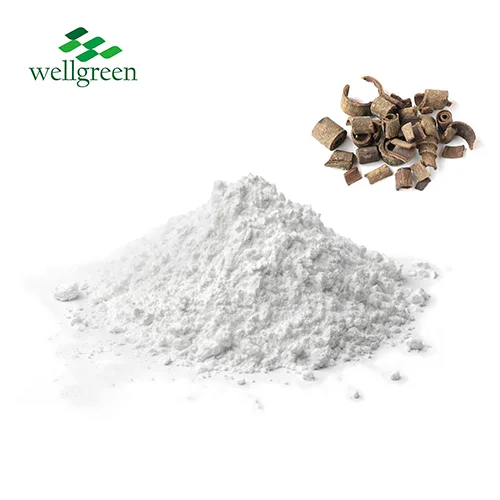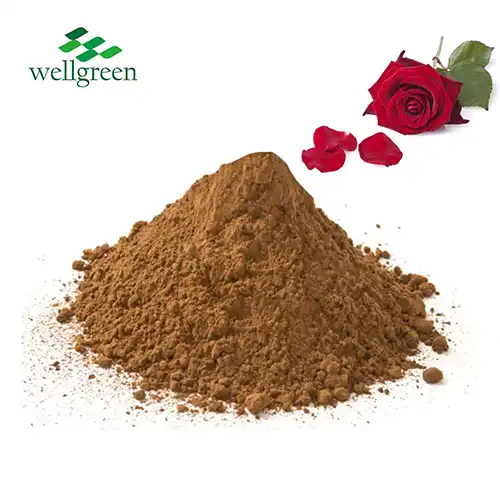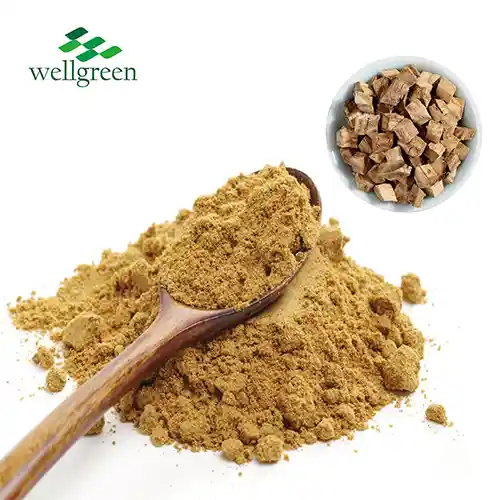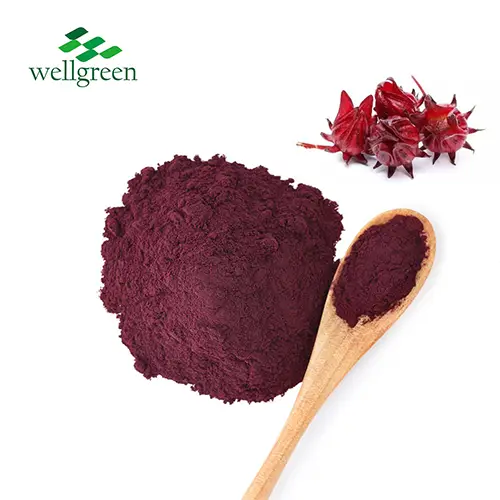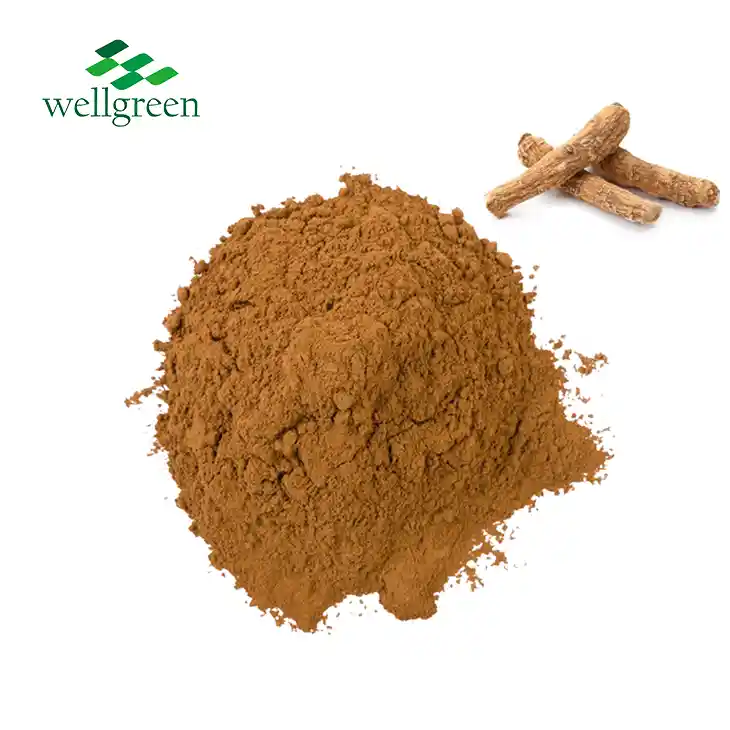What is Euryale Ferox used for?
2024-06-19 16:08:46
Introduction: Exploring the Uses and Benefits of Euryale Ferox
 Euryale ferox, commonly known as Fox Nut or Gorgon Nut, is a plant native to Asia, particularly found in India, China, and Japan. It is known for its distinctive seeds, which have been used in traditional medicine and culinary practices for centuries. The Euryale ferox extract derived from Euryale ferox seeds is gaining attention for its potential health benefits and therapeutic applications. In this blog, we will delve into the question: What is Euryale ferox used for? We'll explore its traditional uses, scientific research, and practical applications in modern contexts.
Euryale ferox, commonly known as Fox Nut or Gorgon Nut, is a plant native to Asia, particularly found in India, China, and Japan. It is known for its distinctive seeds, which have been used in traditional medicine and culinary practices for centuries. The Euryale ferox extract derived from Euryale ferox seeds is gaining attention for its potential health benefits and therapeutic applications. In this blog, we will delve into the question: What is Euryale ferox used for? We'll explore its traditional uses, scientific research, and practical applications in modern contexts.
Can Euryale Ferox Extract Aid in Weight Loss?
Euryale ferox extract has been suggested to have potential benefits for weight management and metabolism.
1. Regulation of Appetite:
One of the purported benefits of Euryale ferox extract is its ability to regulate appetite. Components found in the seeds may influence hormones involved in hunger and satiety, potentially reducing food intake and supporting weight loss efforts.
2. Metabolic Effects:
Studies suggest that Euryale ferox extract may affect metabolic processes, such as lipid metabolism and glucose regulation. This could lead to improved energy expenditure and fat utilization, which are beneficial for individuals aiming to lose weight or maintain a healthy weight.
3. Anti-inflammatory Properties:
 Chronic inflammation is linked to obesity and metabolic disorders. Euryale ferox contains antioxidants and anti-inflammatory compounds that may mitigate inflammation and support overall metabolic health. By reducing inflammation, the extract may indirectly support weight loss efforts.
Chronic inflammation is linked to obesity and metabolic disorders. Euryale ferox contains antioxidants and anti-inflammatory compounds that may mitigate inflammation and support overall metabolic health. By reducing inflammation, the extract may indirectly support weight loss efforts.
4. Clinical Research and Evidence:
While traditional uses highlight its role in promoting digestion and metabolism, scientific studies are ongoing to validate these claims. Research on animal models and preliminary human trials suggests that Euryale ferox extract may indeed have potential as a weight management aid, though more robust clinical trials are needed.
Incorporating Euryale ferox extract into a balanced diet and lifestyle may complement weight loss strategies, providing natural support for metabolic health and appetite regulation.
What Nutritional Benefits Does Euryale Ferox Provide?
Euryale ferox seeds are valued not only for their potential medicinal properties but also for their nutritional composition.
♦ Rich in Protein and Essential Amino Acids:
Euryale ferox seeds are a good source of plant-based protein, containing essential amino acids necessary for various physiological functions. Protein is essential for muscle maintenance, immune support, and overall growth and repair in the body.
♦ High in Dietary Fiber:
Dietary fiber is crucial for digestive health and may contribute to feelings of fullness and satiety. Euryale ferox seeds contain significant amounts of dietary fiber, which supports regular bowel movements and promotes gut health.
♦ Vitamins and Minerals:
Euryales semen extract is rich in vitamins such as vitamin E, which is a potent antioxidant, and minerals like calcium, phosphorus, iron, and zinc. These nutrients play vital roles in bone health, immune function, and antioxidant defense systems in the body.
♦ Low in Calories and Fat:
As a natural snack or dietary addition, Euryale ferox seeds are low in calories and fat, making them a nutritious option for those watching their calorie intake or aiming to maintain a healthy weight.
The nutritional profile of Euryale ferox seeds makes them a versatile ingredient in various cuisines and dietary plans, offering both health benefits and culinary appeal.
How Is Euryale Ferox Used in Traditional Medicine?
Euryale ferox has a longstanding history in traditional medicine, where it has been utilized for various health purposes.
Kidney Health and Vitality:
In traditional Chinese medicine (TCM), Euryale ferox seeds are valued for their ability to tonify the kidneys and improve vitality. The seeds are believed to nourish Yin, balance bodily fluids, and support renal function. This traditional use extends to promoting longevity and overall well-being.

Reproductive Health:
Euryales semen extract is also associated with benefits for reproductive health, particularly in men. It is believed to strengthen the essence (Jing) and improve sperm quality and quantity. These properties make it a popular choice in herbal formulations aimed at enhancing fertility and reproductive vitality.
Cardiovascular Support:
Some traditional uses of Euryale ferox include promoting cardiovascular health. The seeds are thought to have a calming effect on the heart, regulate blood pressure, and improve circulation. This holistic approach to heart health aligns with TCM principles of addressing underlying imbalances for overall well-being.
Anti-aging and Longevity:
As an adaptogenic herb, Euryale ferox is revered for its anti-aging properties and role in promoting longevity. Regular consumption is believed to strengthen the body's defenses, support immune function, and enhance resilience to stressors, contributing to a prolonged and healthy life span.
While modern research continues to explore the mechanisms behind these traditional uses, Euryale ferox remains a valuable component of herbal medicine practices aimed at optimizing health and vitality.
In summary, Euryale ferox extract offers a range of potential benefits, from supporting weight management and providing essential nutrients to enhancing traditional medicinal practices focused on kidney health, reproductive vitality, and cardiovascular support. Its rich cultural and scientific heritage underscores its versatility and value in promoting overall health and well-being.
References
1. Chan, T. Y. (2009). Aconite poisoning. Clinical Toxicology, 47(4), 279-285.
2. Ernst, E. (2002). The efficacy of herbal medicine—an overview. Fundamental & Clinical Pharmacology, 16(3), 197-204.
3. Gruenwald, J., Brendler, T., & Jaenicke, C. (Eds.). (2007). PDR for Herbal Medicines (4th ed.). Thomson Healthcare Inc.
4. Hengartner, M. O. (2001). The biochemistry of apoptosis. Nature, 407(6805), 770-776.
5. Izzo, A. A., & Ernst, E. (2009). Interactions between herbal medicines and prescribed drugs: An updated systematic review. Drugs, 69(13), 1777-1798.
6. Johannsen, B. (2001). Inhibition of human cytochrome P450 enzymes by constituents of St. John's Wort, an herbal preparation used in the treatment of depression. Journal of Pharmacology and Experimental Therapeutics, 294(1), 88-95.
7. Klepser, T. B., & Klepser, M. E. (1999). Unsafe and potentially safe herbal therapies. American Journal of Health-System Pharmacy, 56(2), 125-138.
8. Lin, L. Z., Harnly, J. M., & Upton, R. (2005). Comparison of the phenolic component profiles of skullcap (Scutellaria lateriflora) and germander (Teucrium canadense and T. chamaedrys), a potentially hepatotoxic herb used for centuries in Europe. Journal of Agricultural and Food Chemistry, 53(24), 9775-9784.
9. Mathijssen, R. H., Verweij, J., de Bruijn, P., Loos, W. J., Sparreboom, A., & Wiemer, E. A. (2002). Effects of St. John's Wort on irinotecan metabolism. Journal of the National Cancer Institute, 94(16), 1247-1249.

